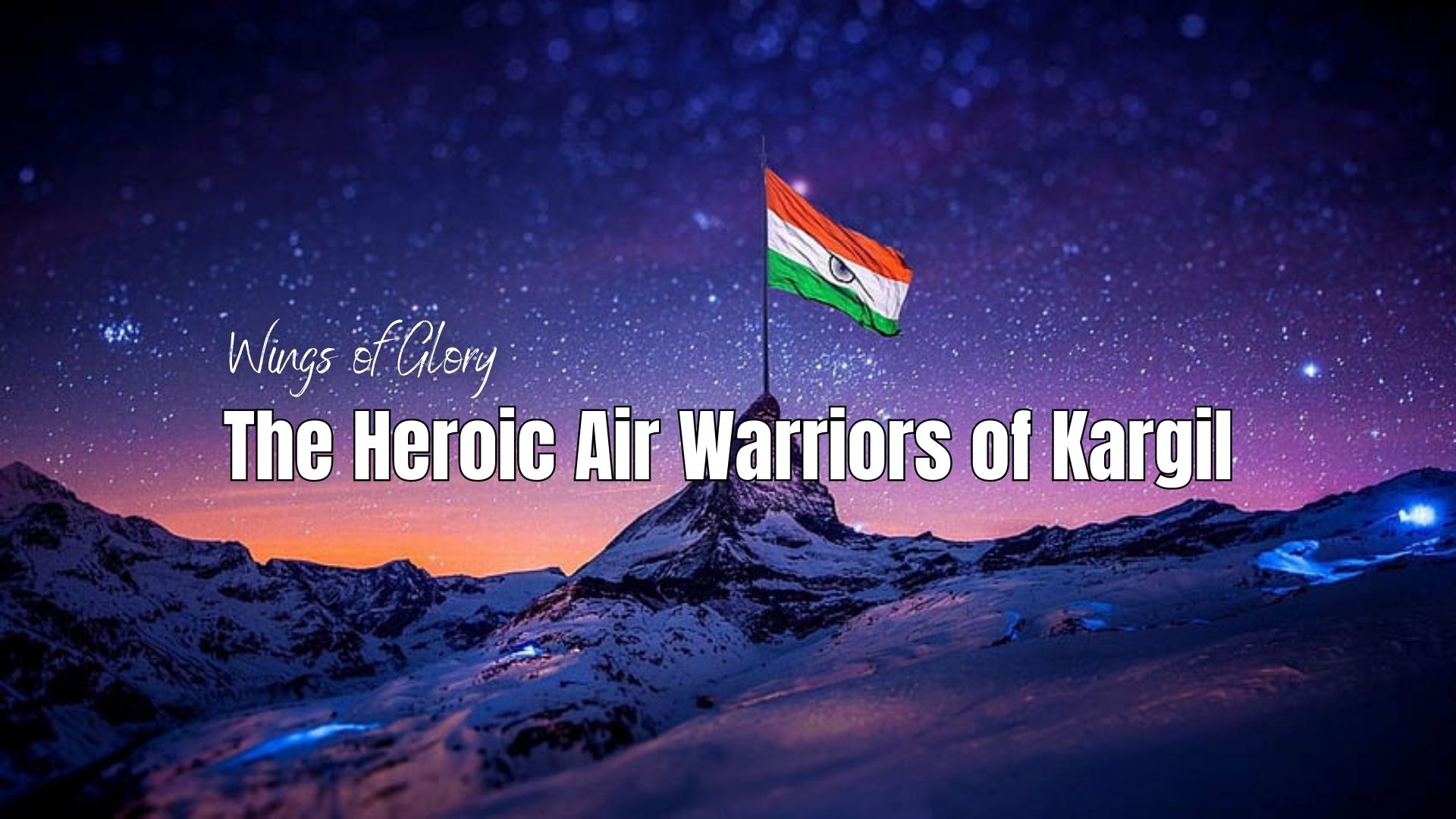
Date: May 25, 1999
On that day, Air Chief Marshal Yashwant Tipnis, the Chief of the Indian Air Force, was explaining about "Operation Safed Sagar" to Prime Minister Atal Bihari Vajpayee. Prime Minister Vajpayee was keenly listening to his words.
 "Operation Safed Sagar" was the name of a significant military operation undertaken by the Indian Air Force in the Kargil region. The national highway 1A, which leads from Srinagar to Leh, passes through this area and comes very close to the Line of Control (LOC) between India and Pakistan-occupied Kashmir. If the enemy disrupts communication on this route, it can create problems for Siachen and Leh, and Pakistan seems to have devised such a plan to gain control over these regions. The Pakistani soldiers of the Northern Light Infantry had infiltrated this area, creating a significant challenge for our forces.
"Operation Safed Sagar" was the name of a significant military operation undertaken by the Indian Air Force in the Kargil region. The national highway 1A, which leads from Srinagar to Leh, passes through this area and comes very close to the Line of Control (LOC) between India and Pakistan-occupied Kashmir. If the enemy disrupts communication on this route, it can create problems for Siachen and Leh, and Pakistan seems to have devised such a plan to gain control over these regions. The Pakistani soldiers of the Northern Light Infantry had infiltrated this area, creating a significant challenge for our forces.
Air Chief Marshal Tipnis emphasised that it wouldn't be easy to dislodge the Pakistani troops stationed on these mountain peaks, at approximately 132 locations. Climbing these heights, which are well fortified by the enemy with provisions and weapons, is a daunting task. The use of attack helicopters and high-speed fighter jets in these snow-covered peaks poses difficulties in identifying the enemy's positions. The situation requires us to be prepared for unexpected challenges.
 Prime Minister Vajpayee had recently held discussions with Pakistan's Prime Minister Nawaz Sharif in Lahore on February 21, and after that, the scenario changed dramatically. The unexpected trust breach might be seen as a betrayal of their Lahore Declaration. Nevertheless, our forces are ready to face any unforeseen circumstances, and we are prepared for any eventuality.
Prime Minister Vajpayee had recently held discussions with Pakistan's Prime Minister Nawaz Sharif in Lahore on February 21, and after that, the scenario changed dramatically. The unexpected trust breach might be seen as a betrayal of their Lahore Declaration. Nevertheless, our forces are ready to face any unforeseen circumstances, and we are prepared for any eventuality.
In summary, Air Chief Marshal Tipnis informed that the conflict in this region is not going to be easily resolved, and defeating the enemy forces on these strategic heights will require careful planning and determination. The situation remains fluid, and we must be vigilant and ready for all eventualities. Prime Minister Vajpayee was assured that the Indian Air Force's efforts will be adequately supported and emphasised the need for caution and strategic planning in tackling this ongoing conflict.
Operation Safed Sagar
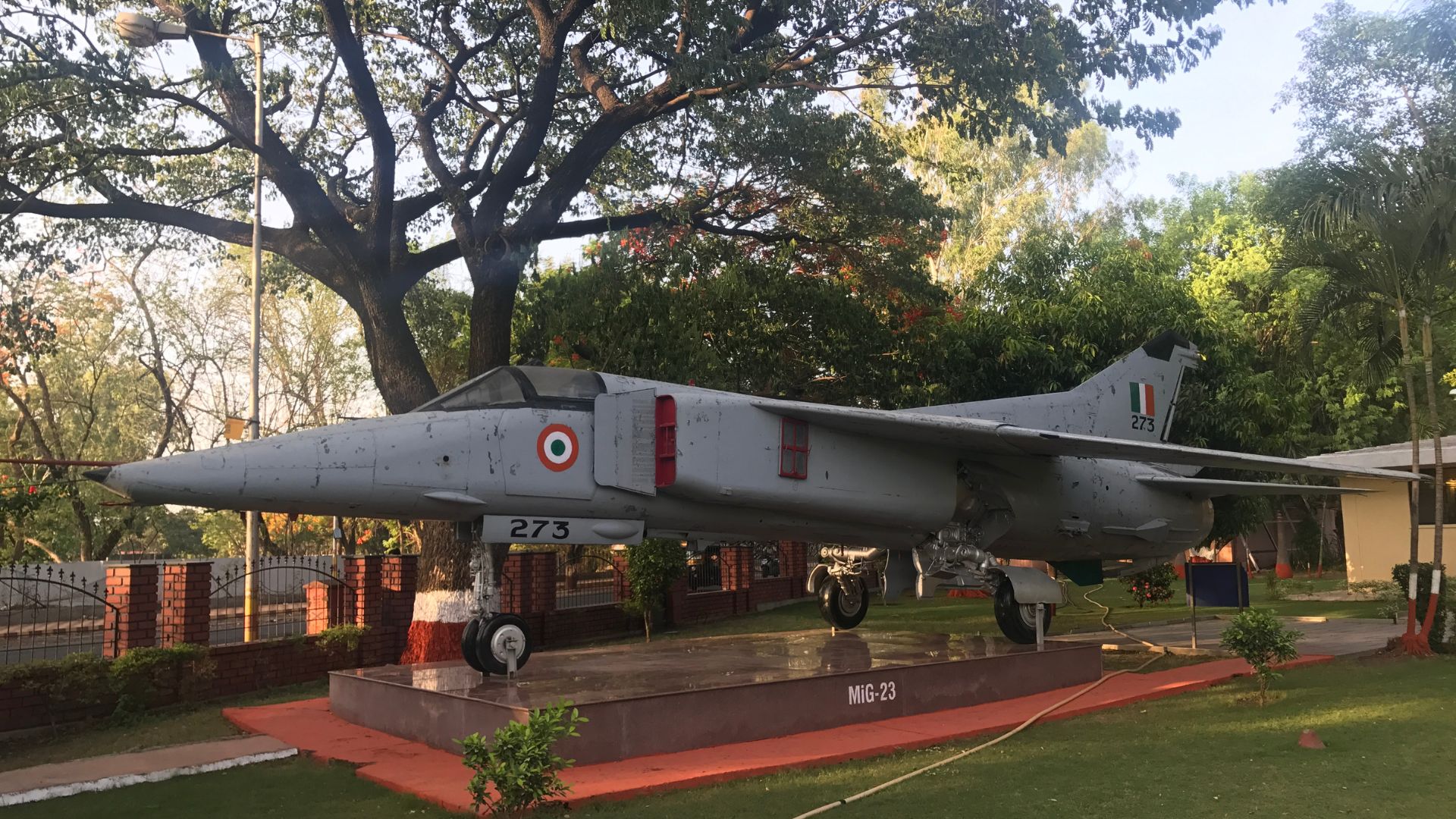
well-trained Mountain Strike Corps of the Indian Army was conducting daring ground operations. It involved specially trained soldiers who were well-prepared for this task. For the Indian Air Force, it was a new experience. The capability of the engines in handling operations at an altitude of over 16,000 feet above sea level was put to the test. At that altitude, the ability to quickly pull up after firing the bombs was limited due to reduced engine performance. After the commencement of Operation Safed Sagar, the Indian Air Force faced some bitter incidents. It was revealed that the Pakistani forces possessed Stinger missiles capable of targeting aircraft.
On May 21, during the photo-reconnaissance and enemy contact operations, when the Pakistani forces launched Stinger missiles on the Canberra aircraft, one engine was damaged and became inactive. The aircraft was safely landed at the Srinagar airbase. After this incident, it became evident that aircraft engaging in aerial combat at altitudes should operate at least eight thousand feet higher than the mountains to be safe from Stinger missiles. Therefore, the operational capability of the aircraft was further reduced.
On May 27, Flight Lieutenant Nachiket bravely embarked on a mission with his MIG-27 aircraft in the Batalik sector. With great enthusiasm, he aimed to carry out a bomb attack and return victoriously. However, as he soared towards his target, the engine of his aircraft malfunctioned, leaving him with no choice but to eject from the plane at lightning speed. Squadron Leader Ajay Ahuja fearlessly descended and tried to locate Nachiket. Unfortunately, the Pakistani missiles targeted his aircraft and we lost him. The next day in another attack the MI-17 helicopter was hit by an enemy missile and four brave souls, including Flight Lieutenant Muhilan, lost their lives. This series of sacrifices and setbacks compelled the IAF to think hard and revise its strategy.
The initial experiences of the Air Force brought to light the extraordinary circumstances and the need for an extraordinary and unconventional war strategy. Discussions and dialogues were initiated at various levels. The Indian government's directive not to cross the LOC as well as the Air Force's operational capabilities, were carefully balanced. Flying at extremely high altitudes compromised the combat capability of the planes while engaging in ground attacks at lower altitudes exposed them to the threat of enemy missiles. As a result, the decision was made to keep helicopters out of this operation and rely solely on combat planes to carry out the attacks.
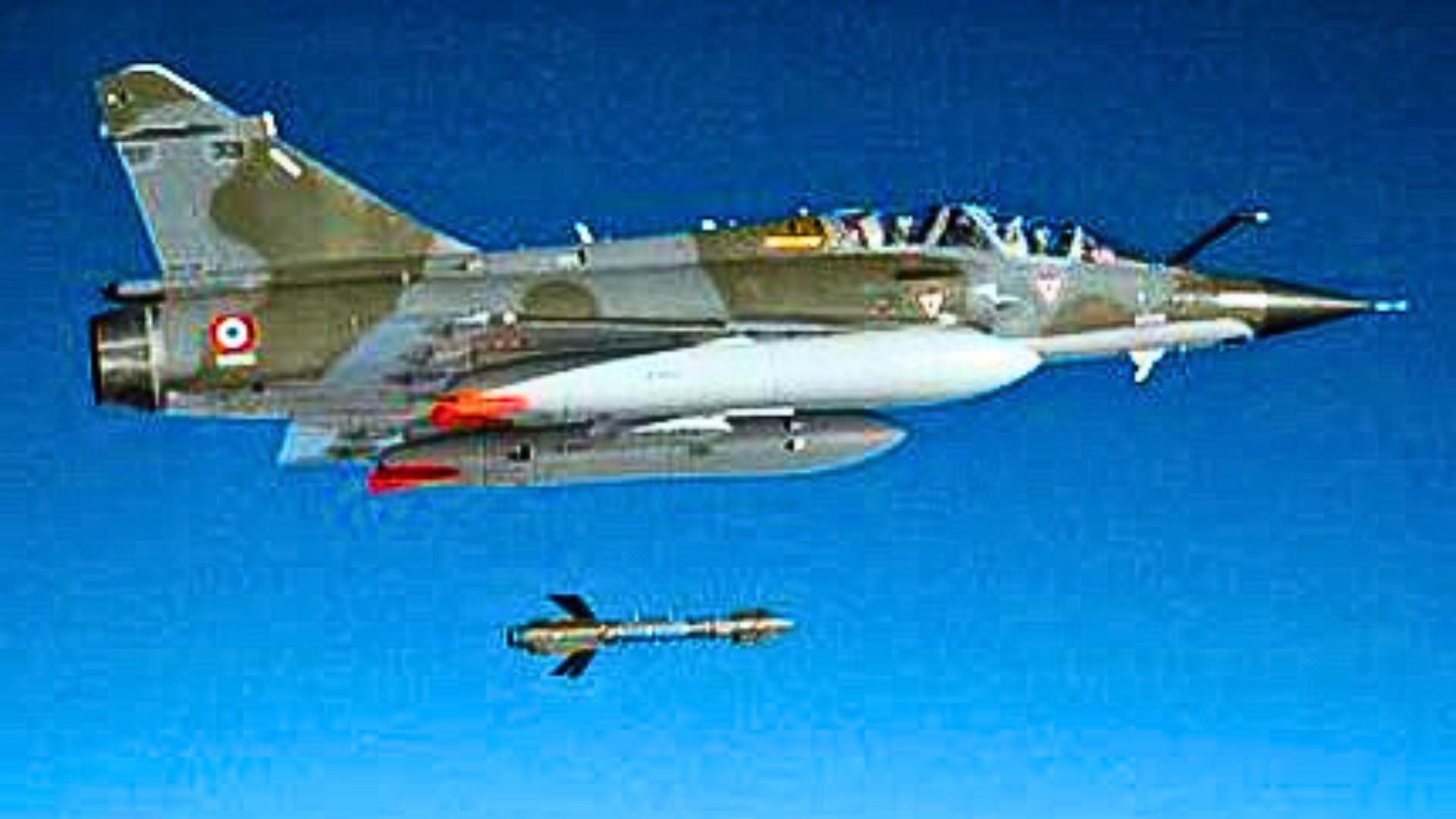
The Mirage 2000 fighter aircraft, its pilots, and the technical team were the main elements of this revised strategy. These aircraft needed bombs to neutralize the enemy hidden in peaks and their shelters. In 1997, India procured Paveway laser pods from the United States for this purpose, but due to the sanctions imposed by the US after India conducted nuclear tests, half of the program came to a halt. The successful testing of these laser-guided bombs, weighing a thousand pounds, was carried out at Pokhran. Indian pilots received training for this new offensive strategy at Tactics and Air Combat Development Establishment (TACDE) based in Jamnagar, Gujarat, which is considered India's "Top Gun" combat training facility in India. Some of the specialized bombs that were taken out earlier from the Indian Air Force were refitted to the Mirage-2000 aircraft. The technical team at the Gwalior Airbase also acquired GPS receivers and installed them on the aircraft. At that time, it was a significant experiment in technical knowledge. With all these preparations, the Indian Air Force was ready for the offensive. Mirage 2000 aircraft were relocated from Gwalior to Ambala and Adampur in Punjab.
June 16, 1999: Annihilation of Muntho Dhalo Camp
The Indian Air Force had received intelligence about a critical Pakistani camp at Muntho Dhalo that was serving as a lifeline for their forces stationed in the treacherous terrains of Dras, Kargil, and Batalik.
It was crucial to neutralize this camp, as it was responsible for providing much-needed ammunition and food to the Pakistani troops. The Indian Air Force prepared a mission and got ready to launch an attack on this major camp. For this operation, four Mirage-2000 aircraft were assigned. The attack was successfully carried out, causing significant damage to the camp, disrupting their supply lines, and hampering their communication. The camp was completely destroyed with a bombardment of 24 bombs. The attack also eliminated about 300 Pakistani soldiers breaking the enemy’s will and destroying the morale.
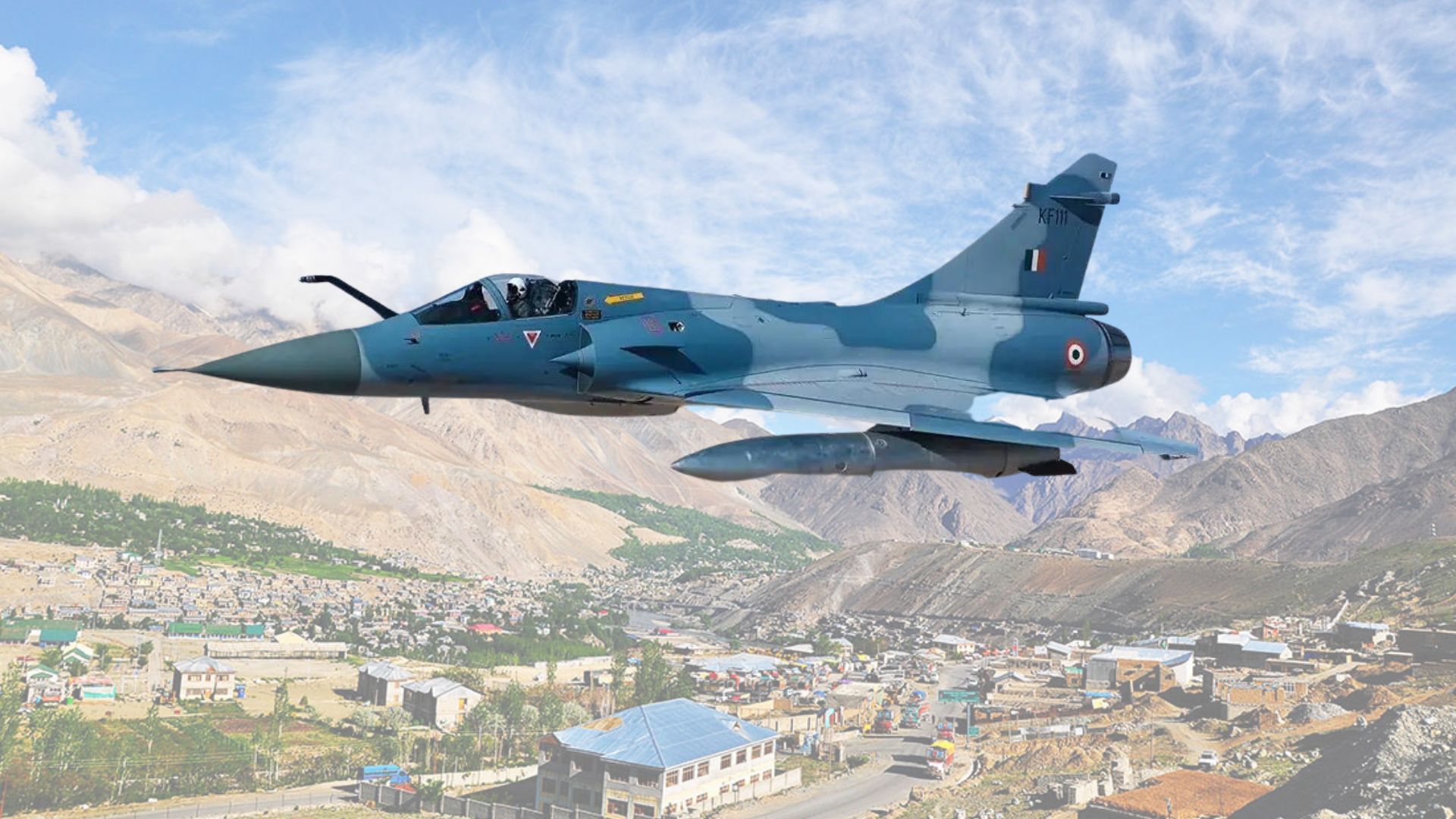
June 24, 1999: Attacks on Tiger-hill
At dawn, four Mirage-2000 aircraft took off from the Adampur airbase in Punjab and headed towards Kargil. Their primary target was Tiger Hill. Wing Commander Raghunath Nambiar was the mission commander. Nambiar had earlier gone to Israel to get specialised training in aerial combat with laser-guided bombs. During that attack, he was going to test his skills of what he acquired in Israel. At a distance of 28 kilometres from the Target he prepared for the attack. Wing Commander Nambiar knew that the success of this mission hinged on the lethal laser-guided bombs, a new weapon they had acquired after rigorous training in Israel. The fate of the entire operation lay in the hands of this state-of-the-art technology.
As they approached the enemy stronghold, adrenaline surged through Nambiar's veins. He skillfully manoeuvred his aircraft to an altitude of 28,000 feet, right above Tiger Hill. With unwavering determination, he activated the laser-guided system and locked onto the precise target.
"Target locked. I'm ready," Nambiar said firmly into his headset.
"Roger that, we are ready too “ responded the other pilots in the mission.
With the blessings of the Almighty and the cheers of his fellow pilots resonating in his mind, Nambiar initiated the release of the first bomb. The earth-shattering explosion tore through the enemy's defences, sending shockwaves across the valley. The camp was hit precisely, causing chaos and confusion among the Pakistani forces. Other pilots also followed suit, each hitting its mark with impeccable accuracy. The Tiger Hill, once considered invincible, was now engulfed in billowing smoke, a testament to the unwavering spirit and determination of the Indian Air Force.
Word of the successful mission spread like wildfire. Back in India, the nation watched in awe as the courageous air warriors took on the enemy with unwavering determination. The Indian Air Force had indeed touched the sky with glory. In the days that followed, the Indian Air Force continued its relentless pursuit of the enemy. With calculated precision, they targeted Pakistani positions, effectively disrupting their supply lines and communications.
In the subsequent days, the Indian Air Force continued to target Pakistani positions in the Dras sector. The aircraft bombed Point 4388, a peak at an elevation of about 13,000 feet, with around 450 kilograms of bombs. These precise attacks further weakened the Pakistani forces.
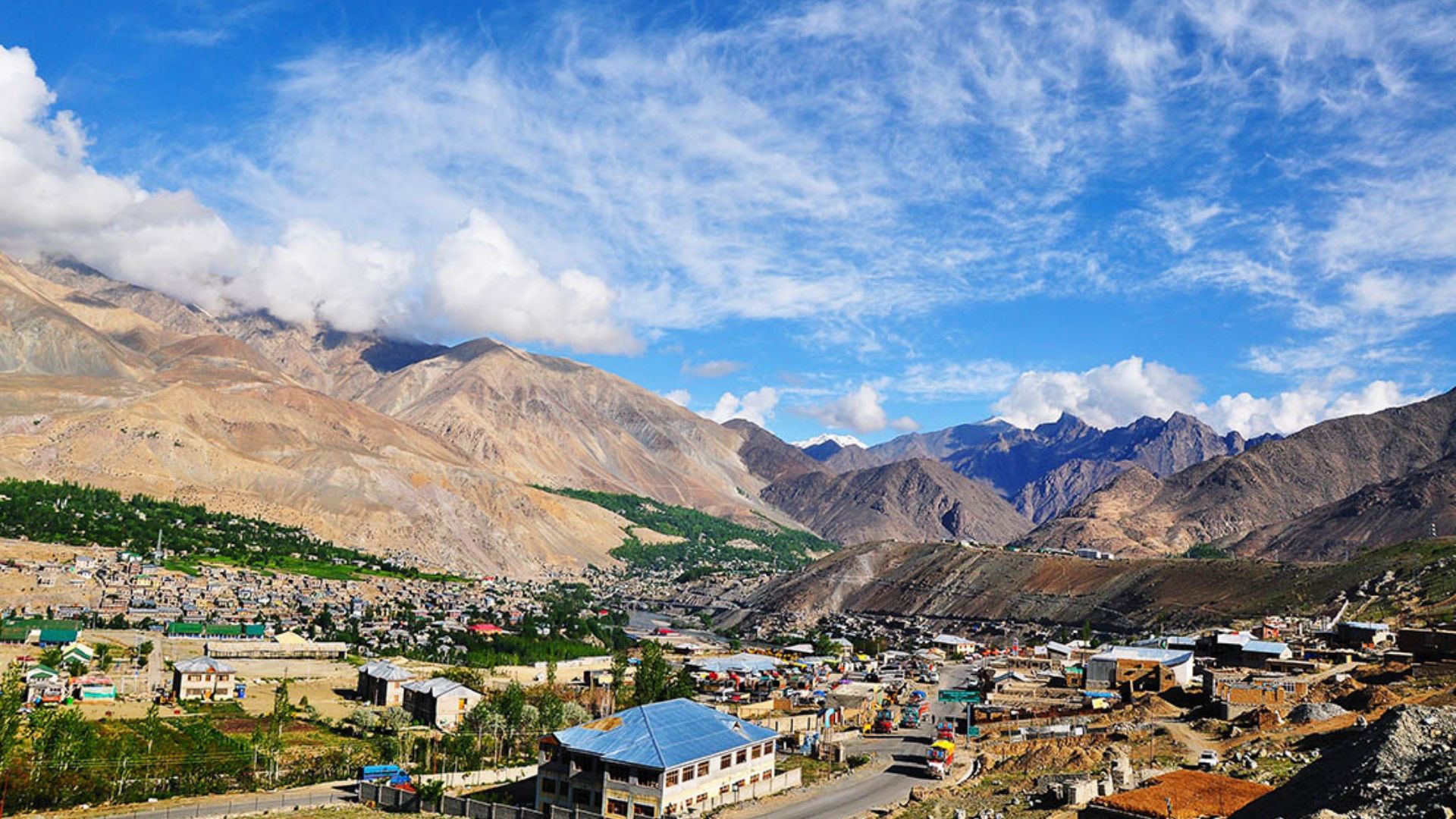
Throughout the Kargil conflict, the Indian Air Force demonstrated its prowess, successfully carrying out numerous sorties. Only nine laser-guided bombs were used during this operation. The expensive laser-guided bombs were used judiciously for effective targeting. The Kargil conflict came to an end on July 10, with India reclaiming about 90% of the occupied territory. The Indian Air Force learned several lessons from this conflict and incorporated those experiences into their future strategies. They successfully employed laser-guided missiles and made sure to use them judiciously for effective targeting.
The motto of the Indian Air Force, "Nabhah Sprusham Deeptam….Touch the Sky with Glory," is adapted from a verse from Bhagavad Gita. Nabhah Sprusham Deeptam Aneka Varnam…this is how the Vishwarupa of the God Almighty is described who displays his enormous form for a fleeting moment. Similarly, the Air Power of the Indian Air Force may appear momentarily, carry out swift, lethal attacks and disappear leaving behind a terrifying impact.
NEXT ARTICLE

"A staggering one in five children in India is pre-diabetic," revealed Mrs. Swathy Rohit, the visionary founder of Coimbatore-based digital health p...

Where a rhythmic cadence of music blends seamlessly with the structured world of auditing, we found Mukund Swaminathan, a 26-year-old maestro who has...

"Life doesn't offer retirement, only professions do. While I've stepped away from my practice, I haven't retired from living. No one truly retires whi...